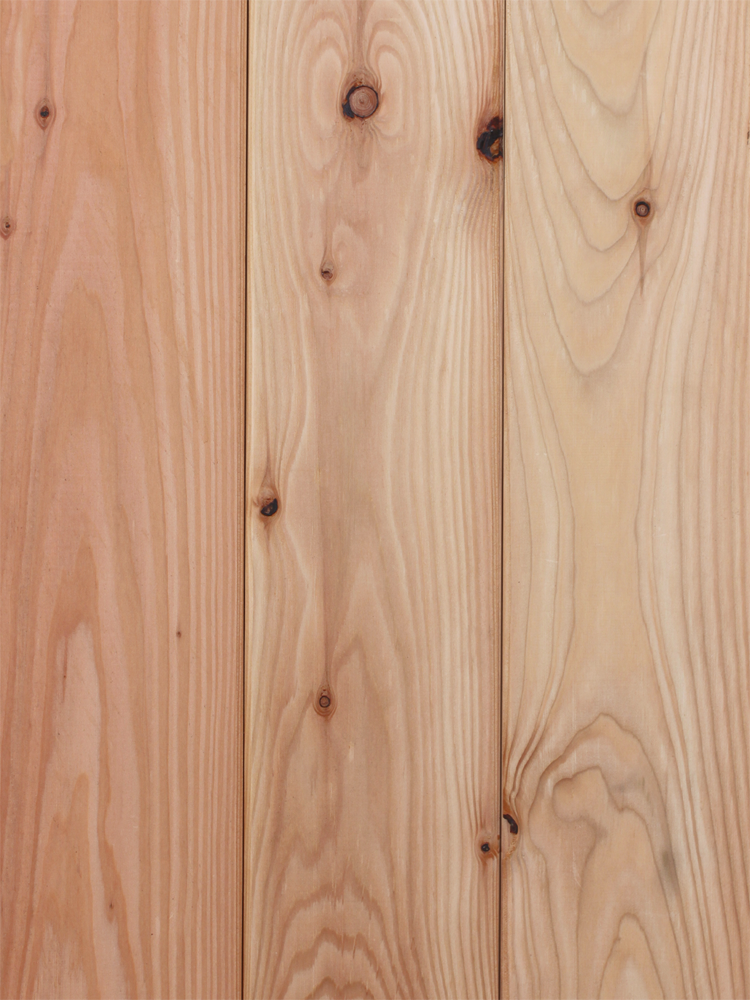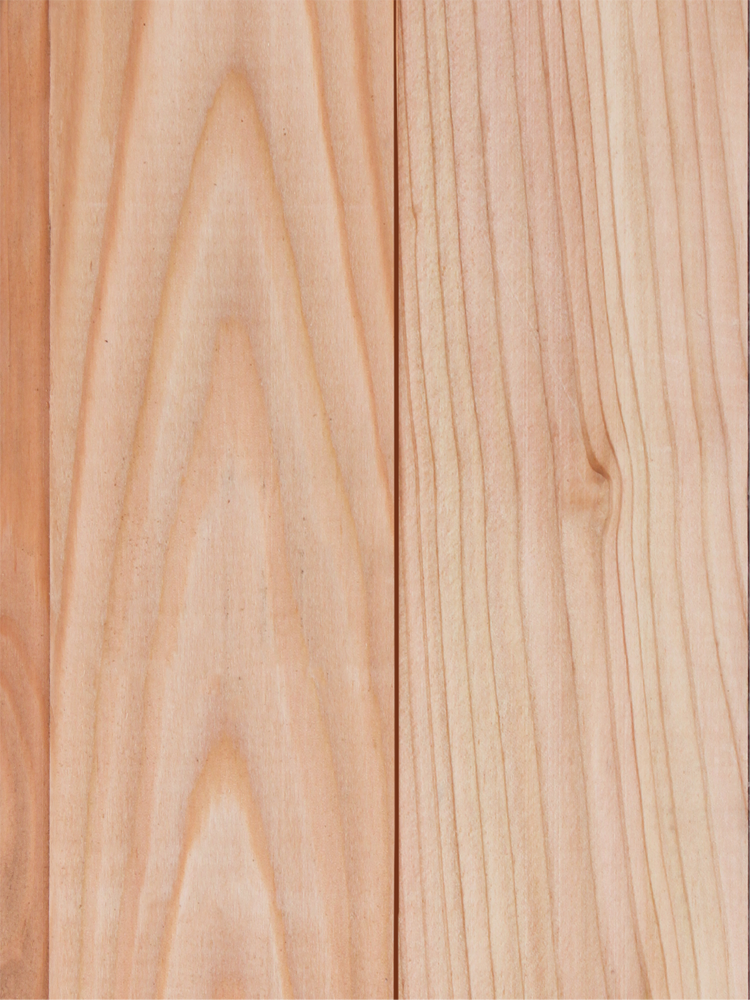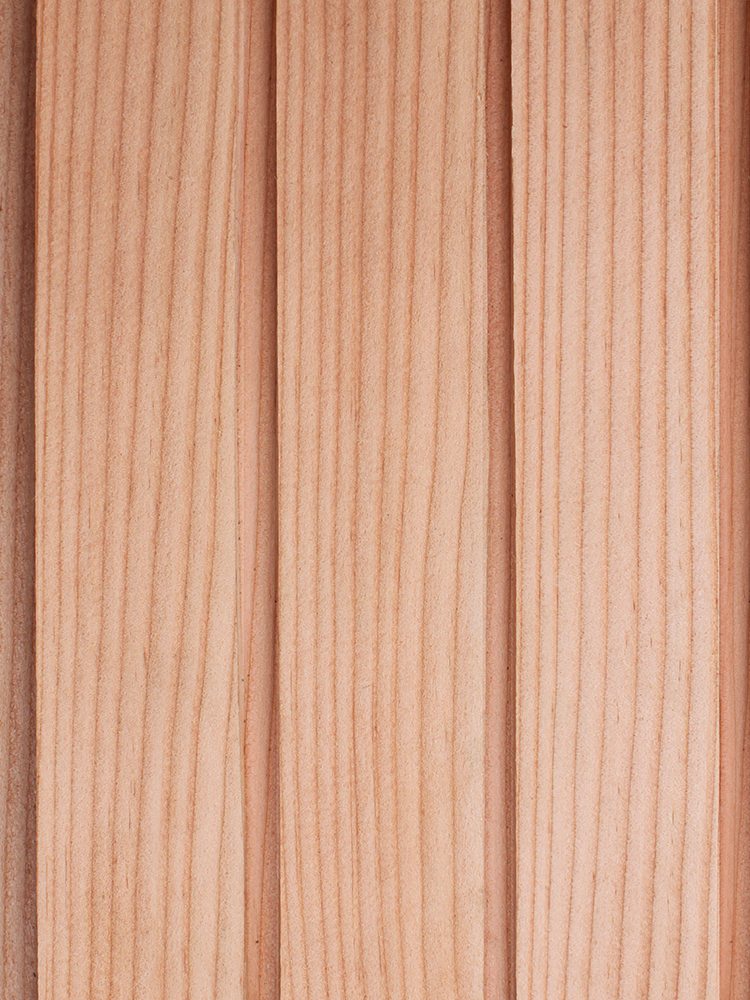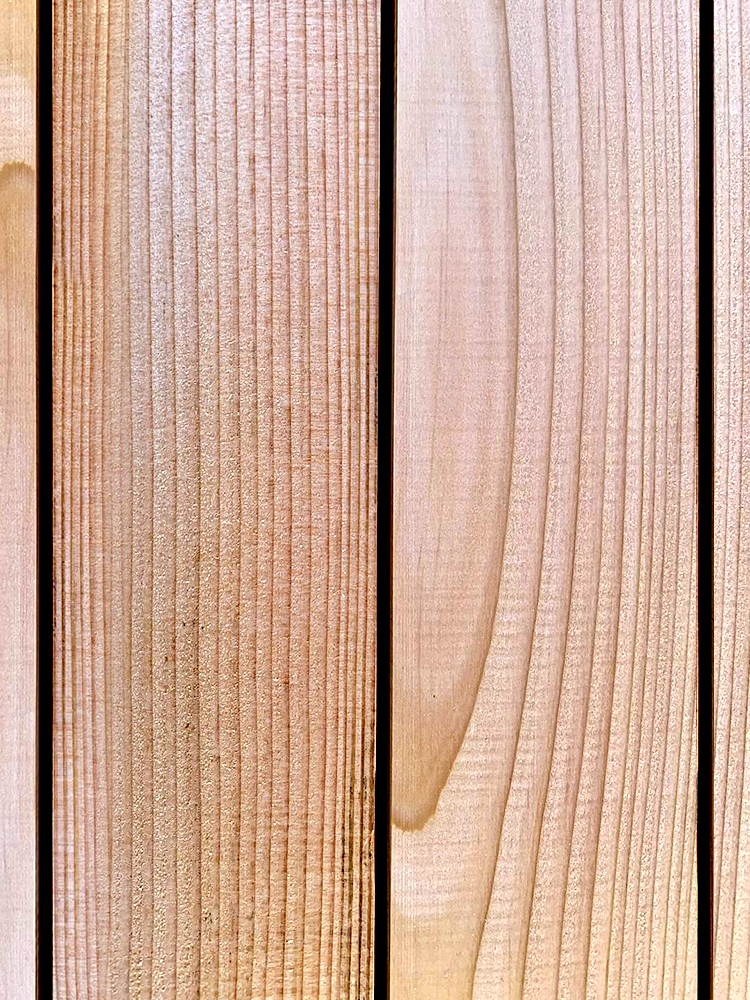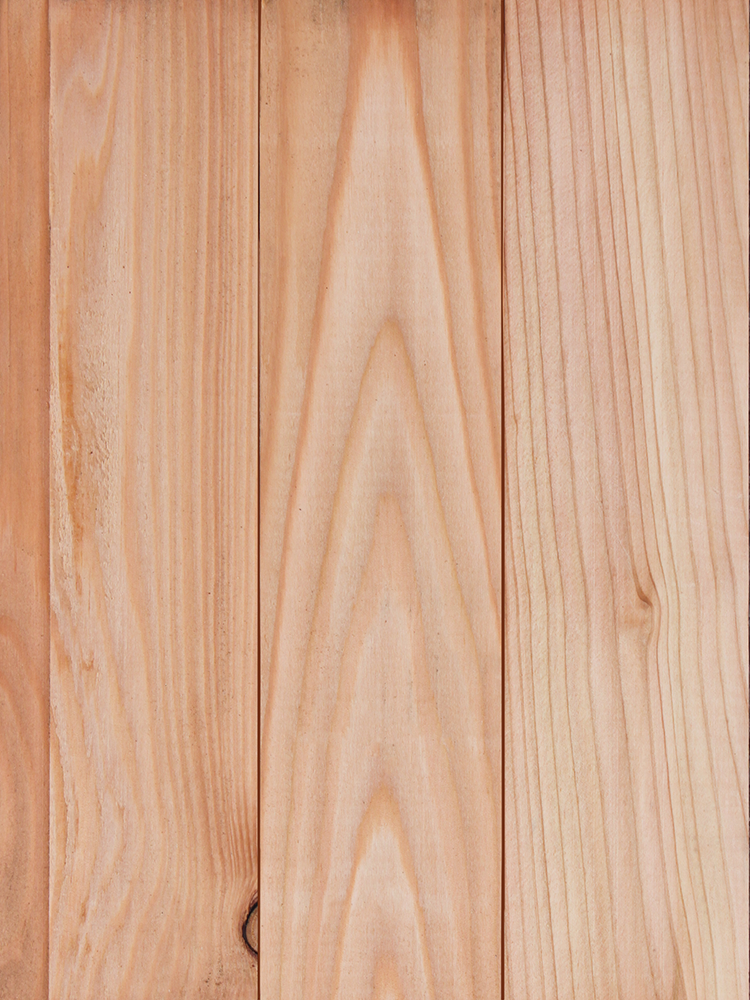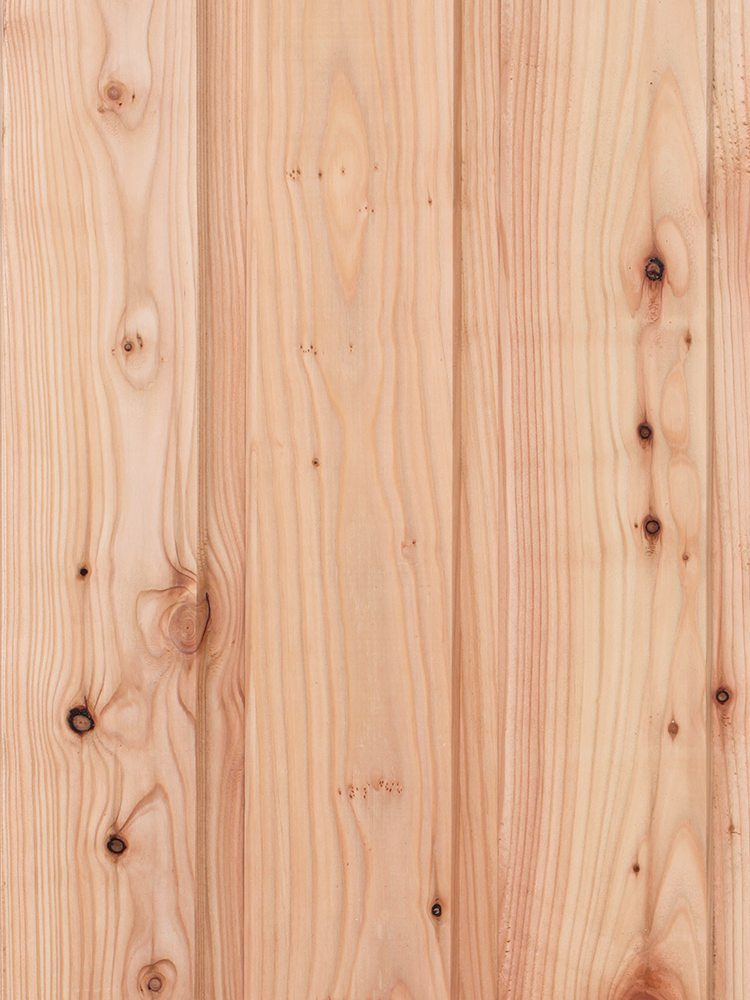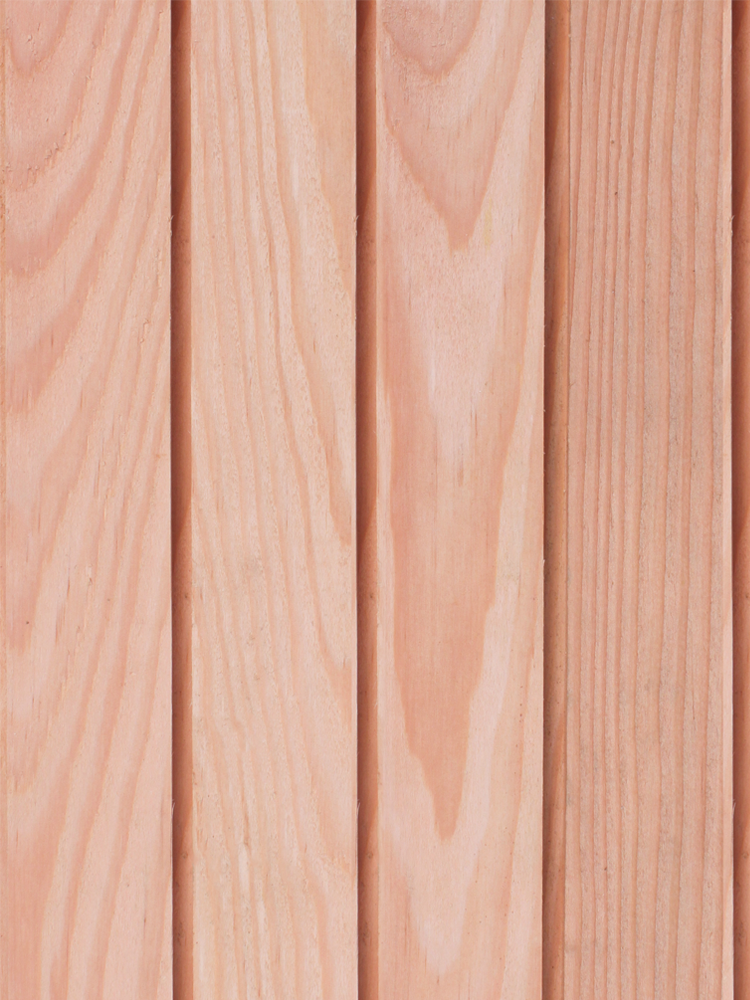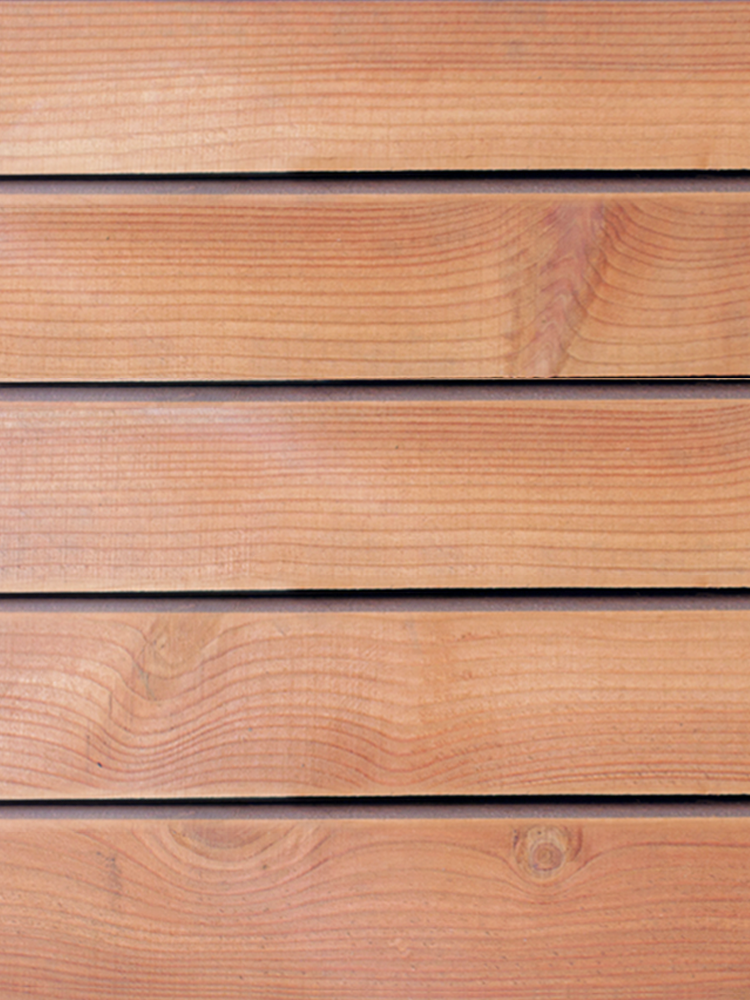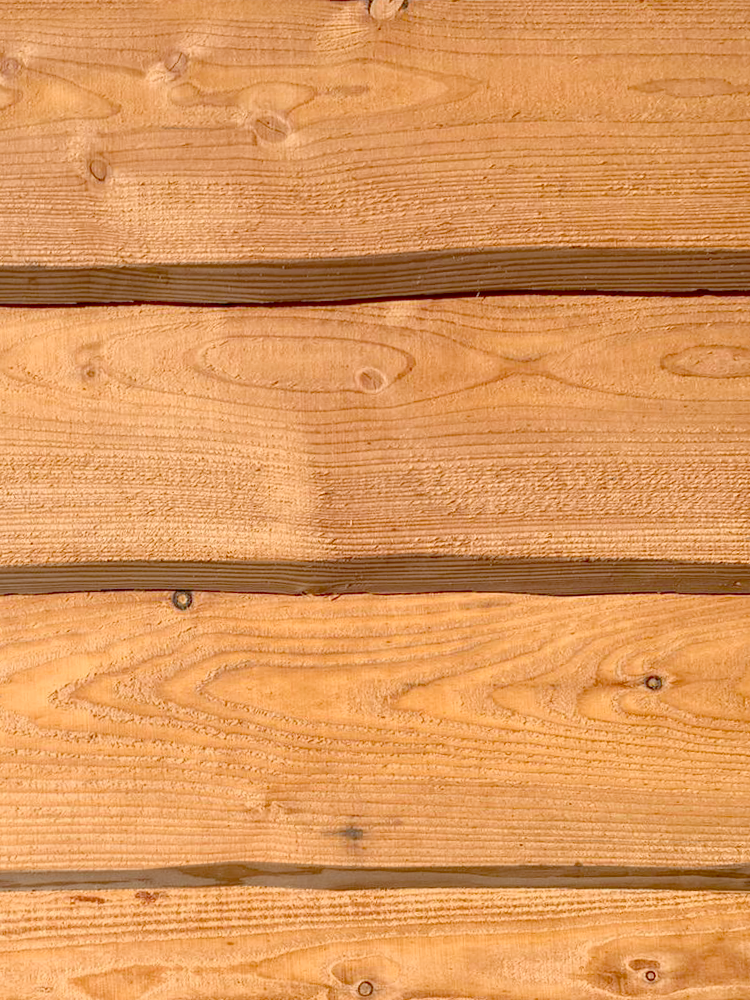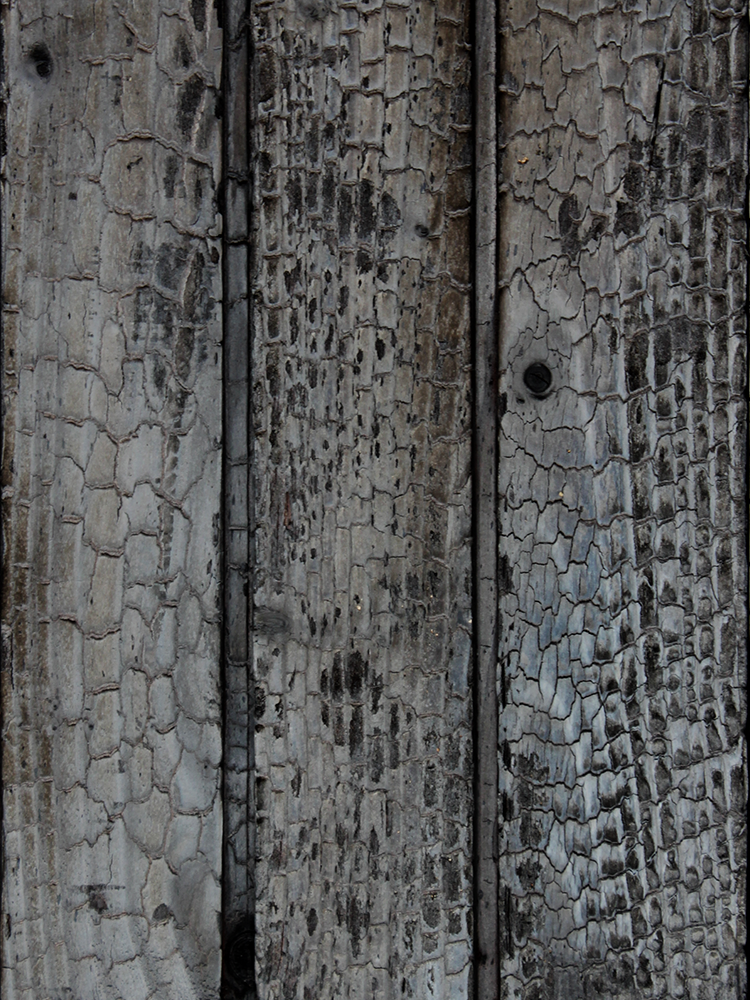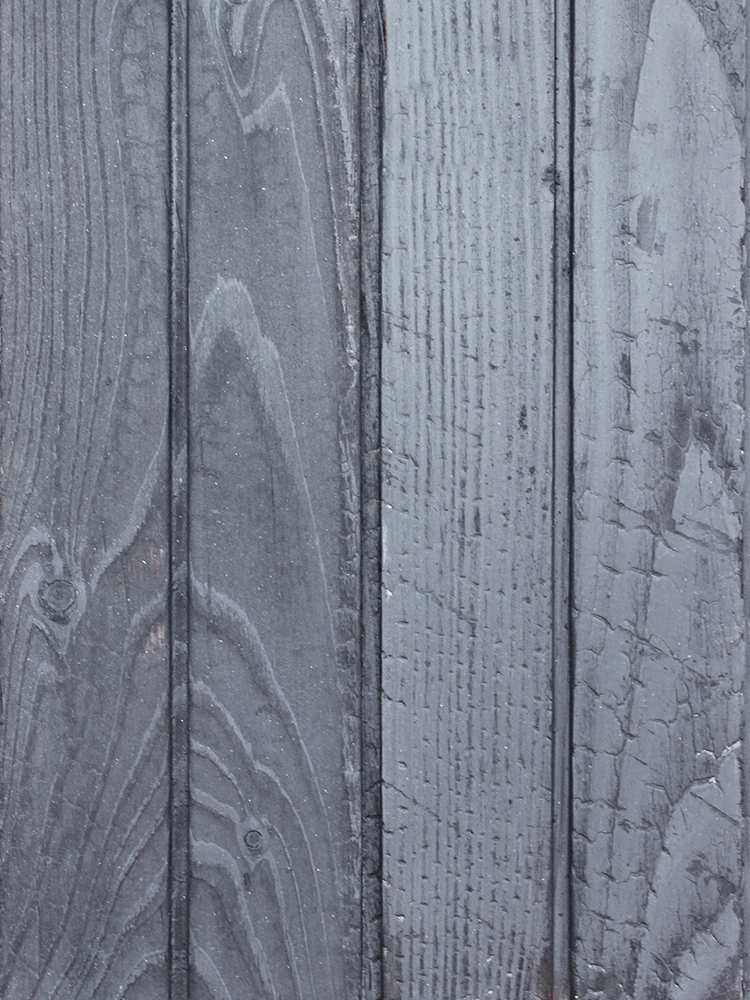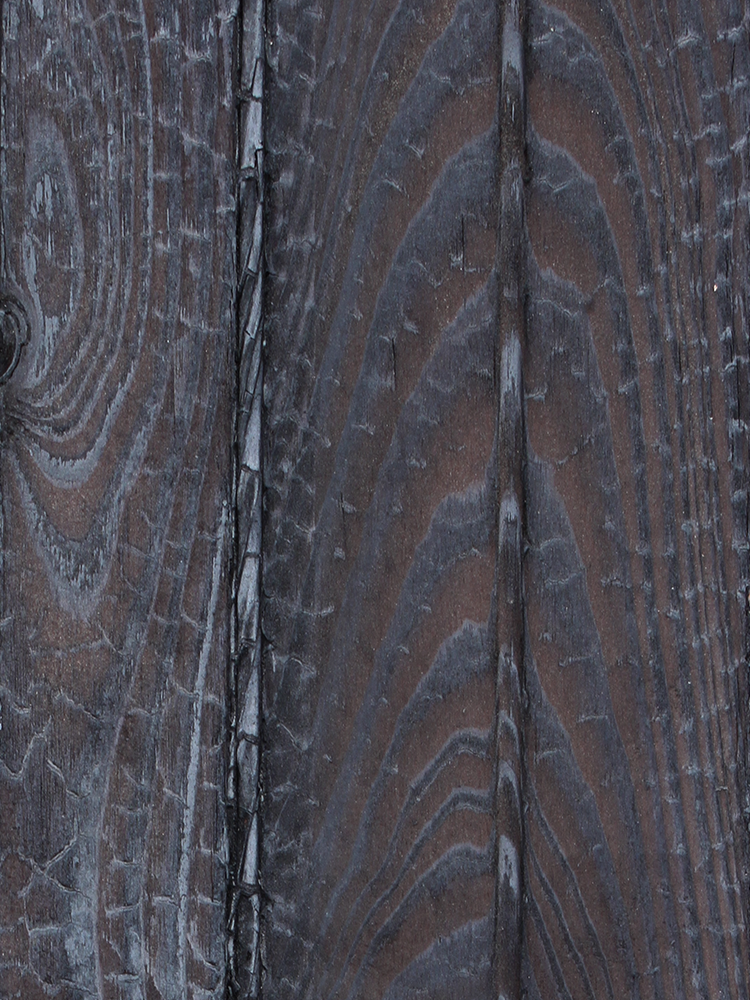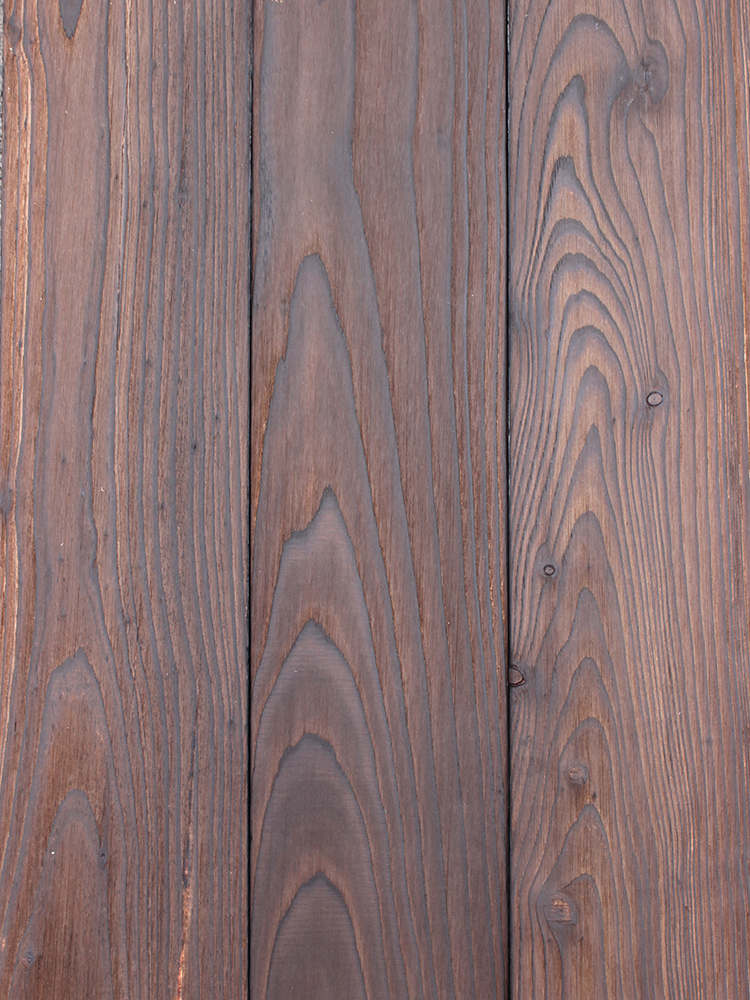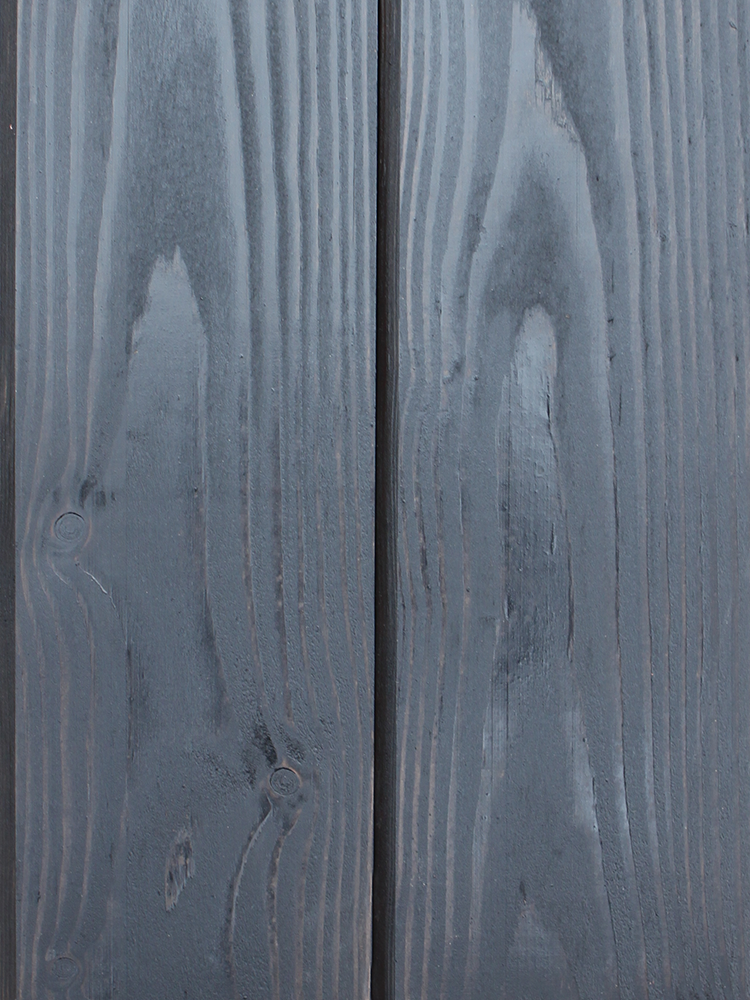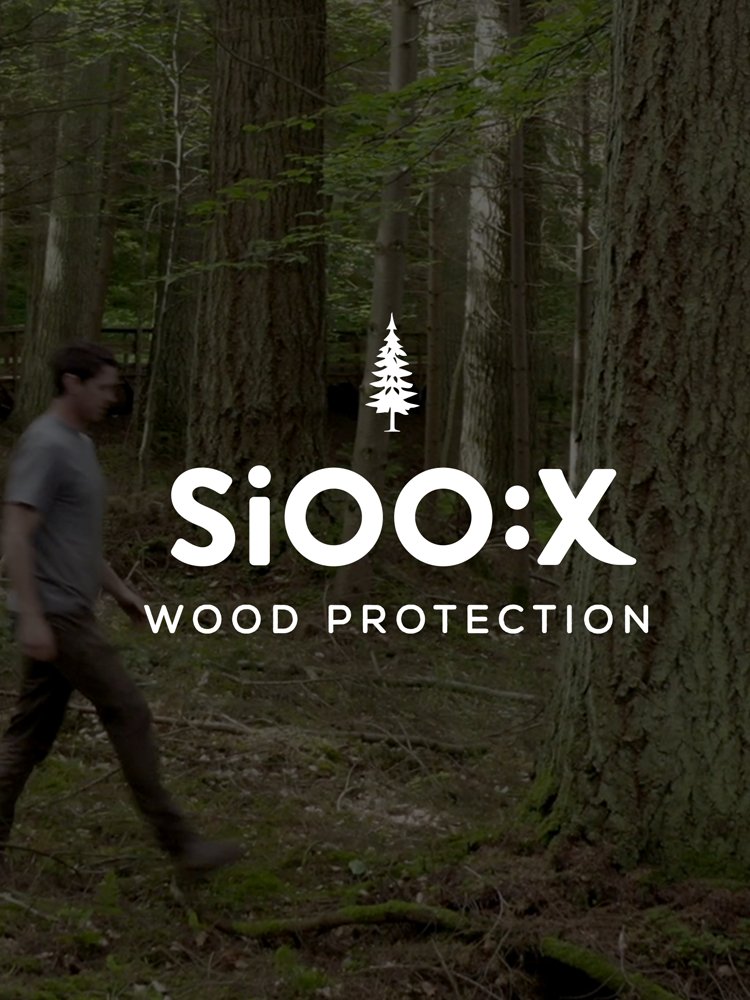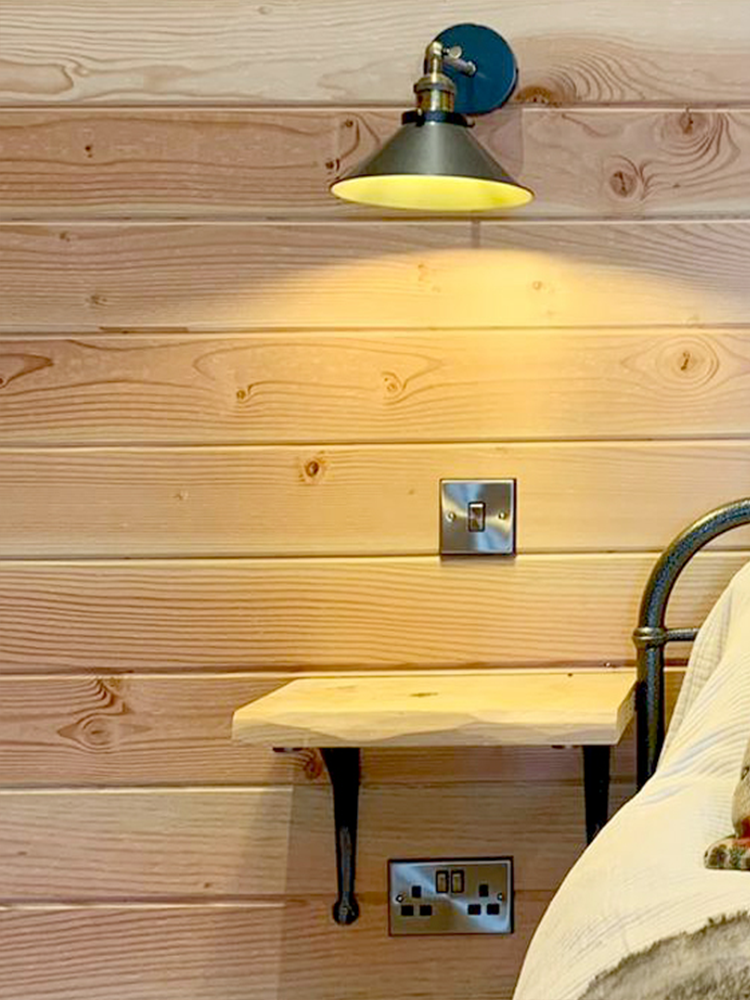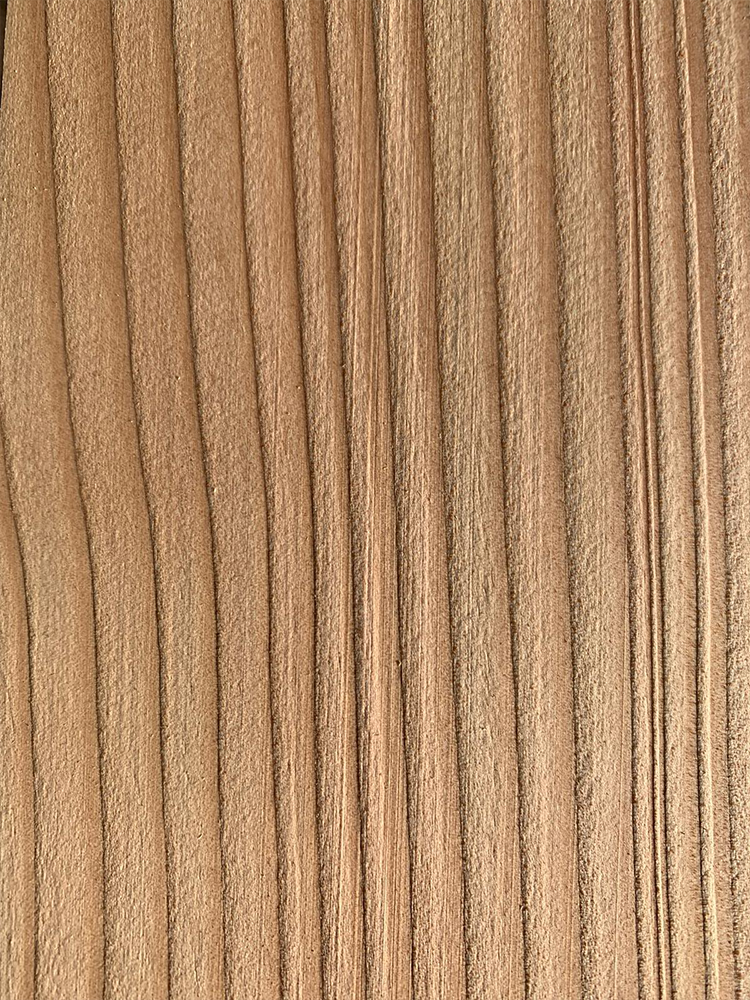Sustainable timber cladding
Manufactured in our own sawmill, our wooden cladding is a sustainable, natural and cost effective cladding solution. All of our cladding is cut to order by our expert team in the Scottish Borders and made from locally sourced Scottish Larch or Douglas Fir or Western Hemlock. Our timber is air-dried with a moisture content of 20% (+ / – 2%) and is ideally suited to intenal or external applications.
Cladding profiles
Tongue & groove with shadow gap
Width: 75mm – 100mm
Thickness: 20mm – 30mm
Square edge shiplap profile
Width: 50mm – 150mm
Thickness: 20mm
Rounded shiplap profile
Width: 150mm
Thickness: 20mm
Custom sizes available
Scallop shiplap profile
Width: 150mm
Thickness: 20mm
Custom sizes available
Hidden fixing tongue & groove
Width: 75mm – 100mm
Thickness: 20mm
Custom sizes available
Rainscreen horizontal profile
Width: 50mm – 150mm
Thickness: 15mm – 25mm
Custom sizes available
Waney edge (hand peeled / live edge)
Width: 50mm – 150mm
Thickness: 15mm – 25mm
Custom sizes available
Board on board / lapped
Width: 150mm – 170mm
Thickness: 19mm – 30mm
Custom sizes available
Charred cladding
Deep charred
Choose from our range of cladding profiles
Custom sizes available
Charred – heavy brush – painted
Choose from our range of cladding profiles
Custom sizes available
Charred – light brush
Choose from our range of cladding profiles
Custom sizes available
Fine sawn – Charred – heavy brush
Choose from our range of cladding profiles
Custom sizes available
Coatings
Eco silver stained
Choose from our range of cladding profiles
Custom sizes available
Grey stained
Choose from our range of cladding profiles
Custom sizes available
Black stained
Choose from our range of cladding profiles
Custom sizes available
Euro Class B fire protection
Choose from our range of cladding profiles
Custom sizes available
SiOO:X weather balancing
Choose from our range of cladding profiles
Custom sizes available
Surface finishes
Fine sawn
Clean and natural fine-sawn finish
Custom sizes available
Planed
Planed boards for a smooth dressed finish
Custom sizes available
Wire brushed
Textured surface with accentuated grain
Custom sizes available
